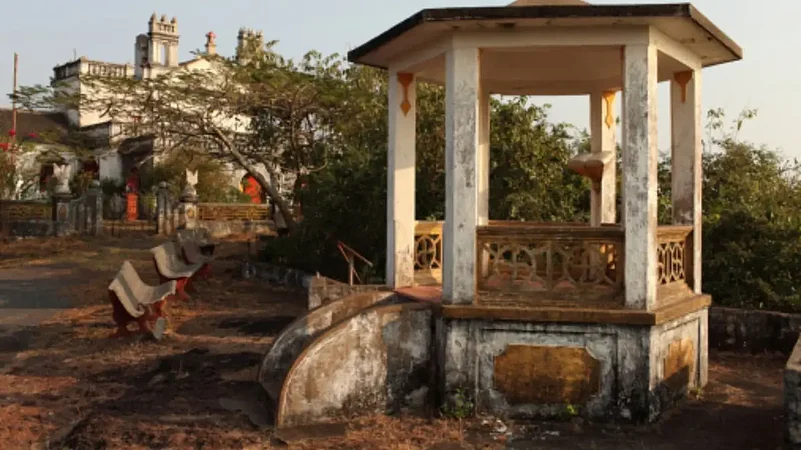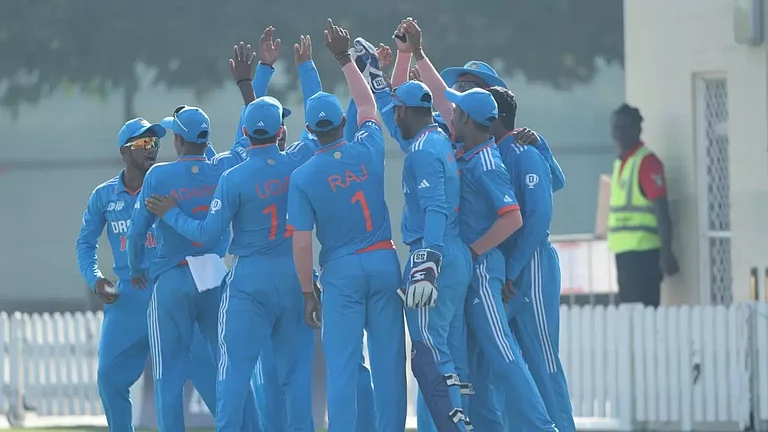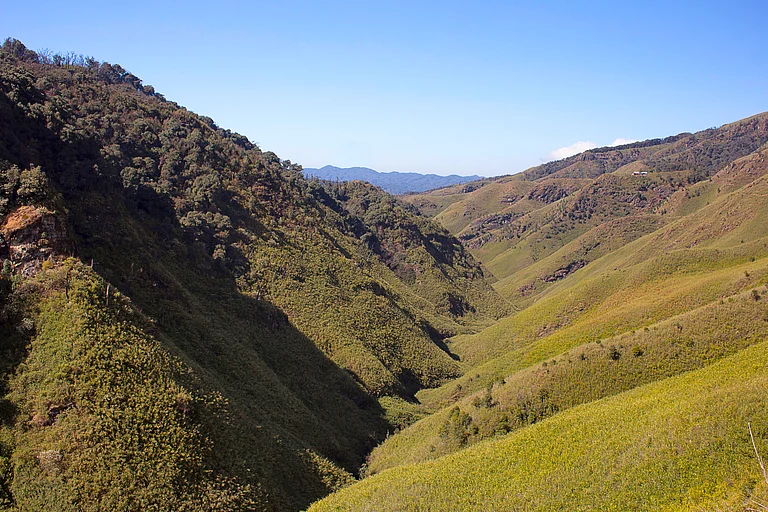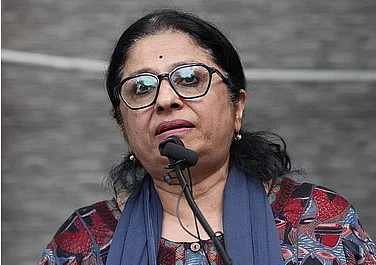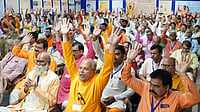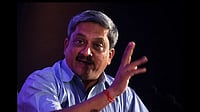When Fausto V DaCosta, editor of ‘Gulab’, one of the last Romi Konkani monthly magazines published out of Goa, goes on his distribution rounds through the countryside, there’s a thought that sometimes crosses his mind.
“It first came to me when I went to Aldona recently on my distribution round. Even after 100 Romi Konkani readers die, we do not even get three new (Romi Konkani) readers. So, when I go on the first (of every month) for distribution, instead of visiting booksellers, I wonder about visiting cemeteries instead,” DaCosta says.
In an increasingly cosmopolitan Goa, Konkani’s slow and steady march to irrelevance appears to have begun. While socio-cultural change, large scale migration – both into and out of Goa – are some of the key reasons for the relegation of Konkani to the margins of popular culture in the state, there are some inherent fundamental flaws, which may have hastened its procession to the fringes.
It doesn't always take too many cooks to spoil the broth. In the case of Konkani, Goa’s official language, it appears to have taken just two.
Caught in a forever dragging tug-of-war between two camps, one enforcing the imposition of the language in the Devanagri script and the other trying to keep afloat the use of Konkani written in the Roman script, the progress of Konkani -- so critical to the state’s cultural identity – has stymied in its home state.
“There is no sale of novels and periodicals. There is not a single book outlet where our books are being sold anymore,” DaCosta claims.
The steady marginalisation of Konkani in Goa is evident from Chief Minister Pramod Sawant’s comment at a Good Friday function this year, where he may have inadvertently tried to mask the decline of the language under the cloak of linguistic plurality.
"Goa is known for four languages. We speak in Konkani, we prefer to read Marathi newspapers, we prefer to watch films in Hindi and while writing we prefer to use English. This is a state which is always known for four languages," the Chief Minister told an international Hindi conference here.
In urban spaces and coastal areas, which are popular with tourists, Konkani has gone conspicuously missing. A walk along the Calangute-Sinquerim road stretch, one of the busiest tourist thoroughfares in the state, makes it amply clear. Russian perhaps outranks Konkani when it comes to murmurs on the stretch, store signages, restaurant menus, and discount hoardings.
Though limited to western India, predominantly along the Konkan belt, from where the language derives its name, Konkani has always been fairly malleable as far as adaptation is concerned. Apart from Devanagri and Roman (or Romi in Goa), Konkani has also been adapted to the Kannada and Malayalam scripts too.
The 2011 Census of India has indicated a drop of nearly two lakh, vis-a-vis the count of Indian citizens that have opted for Konkani as their mother tongue. Konkani has also been paired along with Urdu, as a scheduled language showing negative decadal growth.
Out of the 22.56 lakh persons who have chosen to list Konkani as their mother tongue in the 2011 census, Goa accounts for the biggest share at 9.64 lakh, followed by Karnataka, mostly the southern state's coastal regions, at 7.8 lakh.
While the 2011 survey also points out to an increase in the number of Konkani speakers in Goa, the trend could possibly be attributed to large scale migration into and out of the state in the 1990s-2010 decades. Those were the decades which witnessed a boom in the state’s labour-intensive sectors of mining, tourism and real estate development, but were also marked by increasing out-migration by Goan workforce to the Middle East and Europe.
In a fast-changing Goa, the dwindling soul of Konkani is split into Devanagri and Romi script camps.
It took a yearlong agitation and the death of seven protestors, before the demand to anoint Konkani as the state’s official language was finally fulfilled by an incumbent Congress government in 1987. Protagonists of both the Devanagri and Romi camps campaigned relentlessly for Konkani to be recognised as the state’s official language as against Marathi, a plan which previous ruling dispensations headed by the Maharashtrawadi Gomantak Party were accused of tinkering with.
But the twist to the plot, which seems to have forever exacerbated the relationship between the two feuding camps came, when the government at the time notified that only Konkani written in the Devanagri script, had been deemed as Goa’s official language.
The Devanagri Konkani script was and is backed by the elite Hindus, while Catholics largely backed the Romi script, which was also the script of choice in Goa’s churches and tiatrs, a popular form of theatre. Roman Catholics, who account for nearly 26 percent of Goa’s population, suddenly found the Romi Konkani script they were habituated to, had been put to pasture.
While DaCosta’s moans, sum up the perils which Romi Konkani readership is faced with, Devanagri Konkani as fared marginally better thanks to government patronage.
One area where Devanagri Konkani has fared better as compared to its Romi version, according to Konkani poet Sanjiv Verenkar, are book sales.
"Counter sales of books published in Devanagri Konkani is better than Marathi," Verenkar said.
In the newspaper universe, Konkani – either Romi or Devenagri – however, just does not make the cut.
Marathi has been the go-to vernacular language of choice of newspaper readers in Goa, with newspapers like Tarun Bharat, Gomantak, Lokmat and Goa Doot taking pride of place when it comes to circulation. Konkani newspapers like Sunaparanta and Rashtramat, once published in the Devanagri script, have fallen to the wayside and surrendered to the realms of extinction. The state’s only surviving Konkani daily is the Bhaangarbhuin.
Veteran journalist and poet Pandurang Gaonkar has had the unique distinction of working for two Devanagri Konkani newspapers, Sunaparant and Bhaangarbhuin, over two decades. He suggests that both the Konkani camps should come together and put behind their differences emanating from the two scripts. He even suggests a point where a constructive dialogue between the two can effectively begin.
“Both camps should come together. Romi literature should be translated into Devanagri, and Devanagri literature should be translated into Konkani. Readers will be able to understand both languages better,” Gaonkar says.
(The writer is the Goa correspondent for the Indo-Asian News Service)






